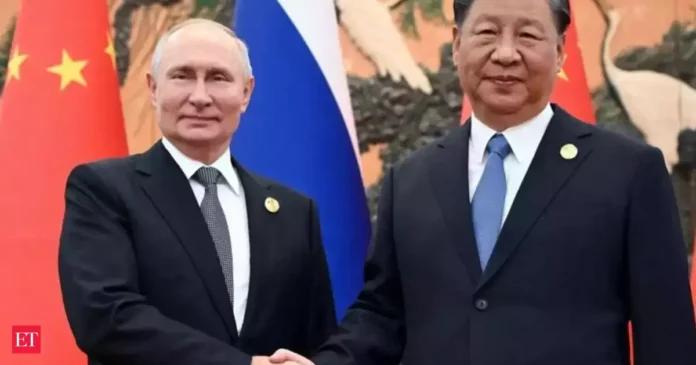China’s economic forays into resource rich Central Asia, a region which shares deep historical, political and economic ties with Moscow, has created certain discomfiture in the Russian establishment. In a recent trade meet in Uzbekistan a Russian trade official emphasised that Russia and China were “equal partners with an equal share in trade turnover” in the resource rich Central Asian country.
It must be pointed out here that Russia-Uzbekistan trade like Russia-Kazakhstan trade and Russia-Kyrgyzstan and Russia-Armenia trade has increased manifold since the war in Ukraine. However, sanctions on trade corridors to Europe via Russia have forced Central Asian states to widen trade ties with China, a fact that has not gone unnoticed in Moscow.
By 2030 Uzbekistan hopes to increase annual trade turnover with both Moscow and Beijing to $20 billion each. According to some figures Uzbek-Russian trade turnover last year amounted to $9.8 billion, almost 30 percent lower than the Uzbek-Chinese total of $13.7 billion.
Russia has Eurasian Economic Union (EAEU) and China has the BRI. Both projects are important for Central Asia. India and EAEU are in talks for an FTA with Russia keen that India plays a bigger role in Central Asia and SCO to balance China.
Nargis Kassenova, a senior fellow and director of the Program on Central Asia at Harvard University’s Davis Center, told Carnegie International in February “The reality is more subtle and murky than either competition and rivalry or cooperation. It is a mix of the two… On the other hand, their interests didn’t quite overlap in the areas of economic development and trade. Russia has its Eurasian Economic Union, and China has its Belt and Road Initiative. For both projects, Central Asia is important.” It is noteworthy though that more than three decades after the Soviet collapse, Moscow’s soft power is still strong in Central Asia, and many youngsters still watch broadcasts of Russian television networks and read Russian news online.



